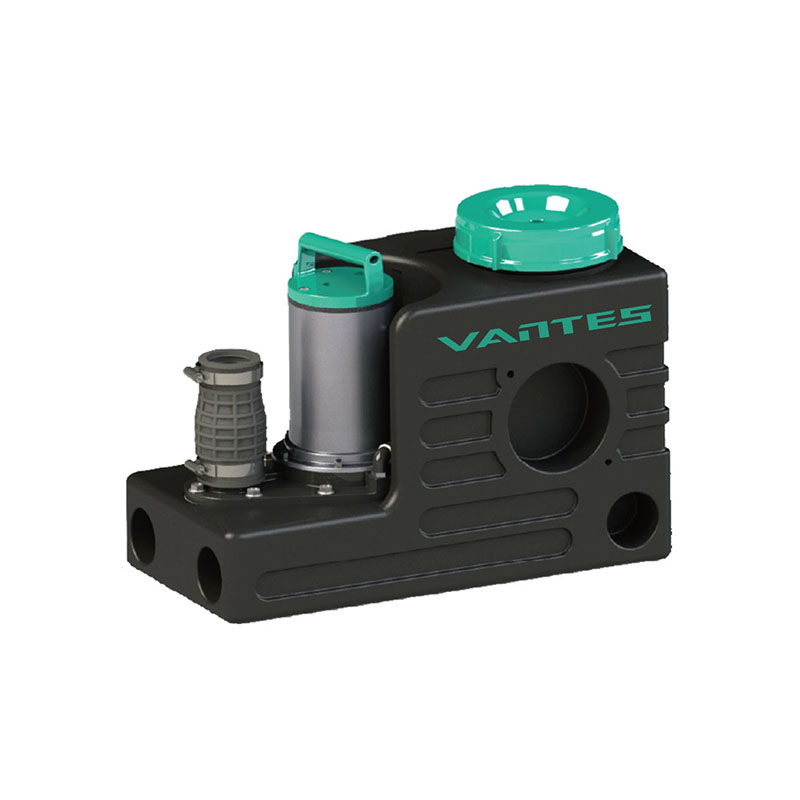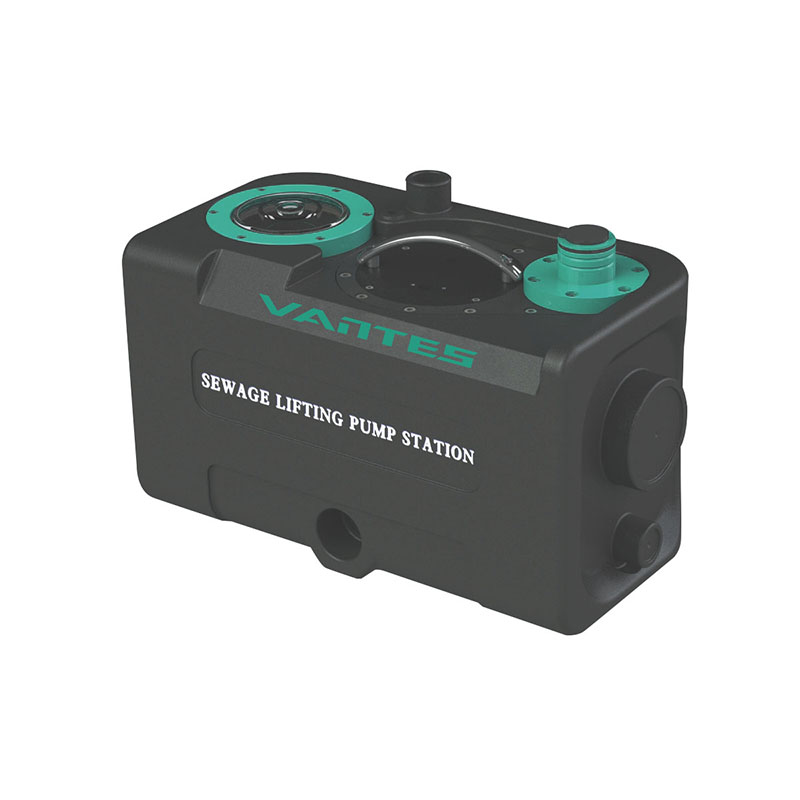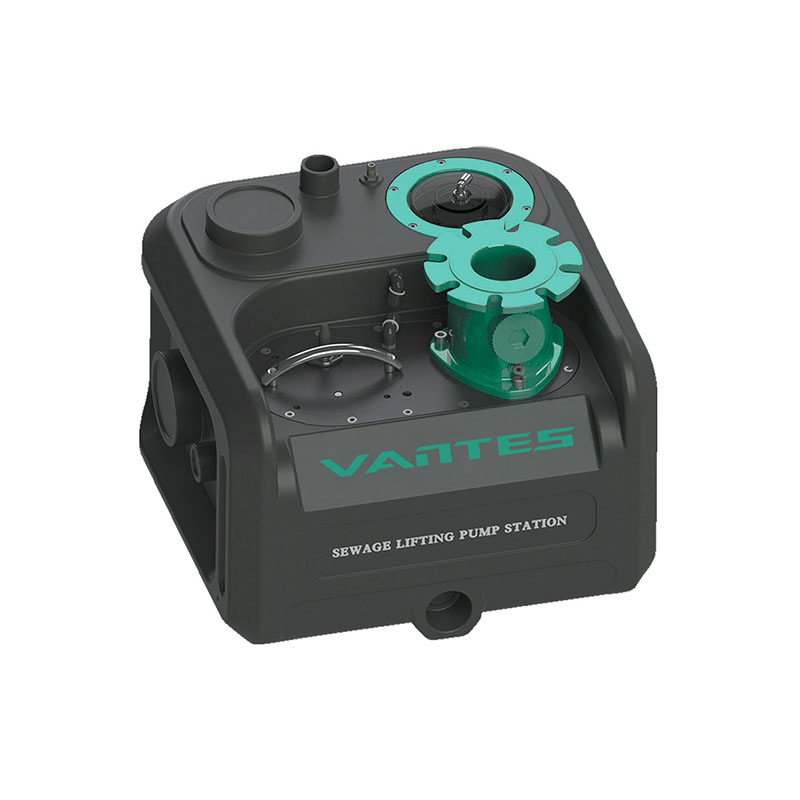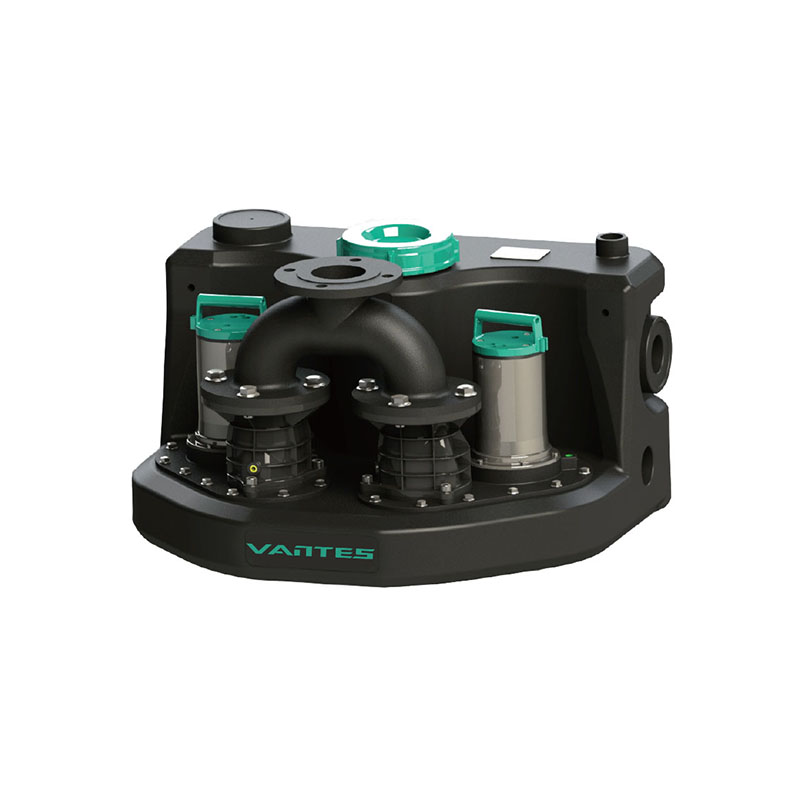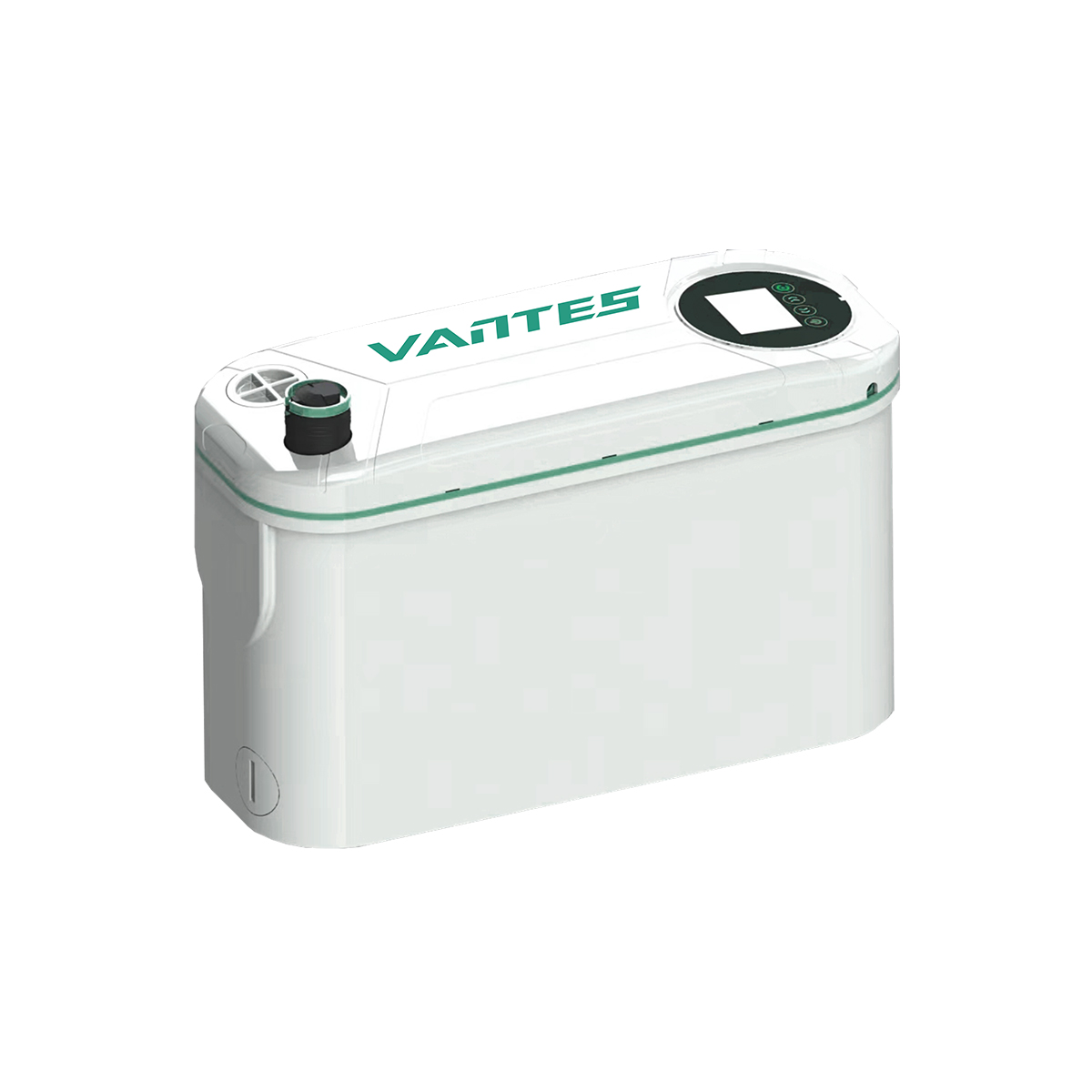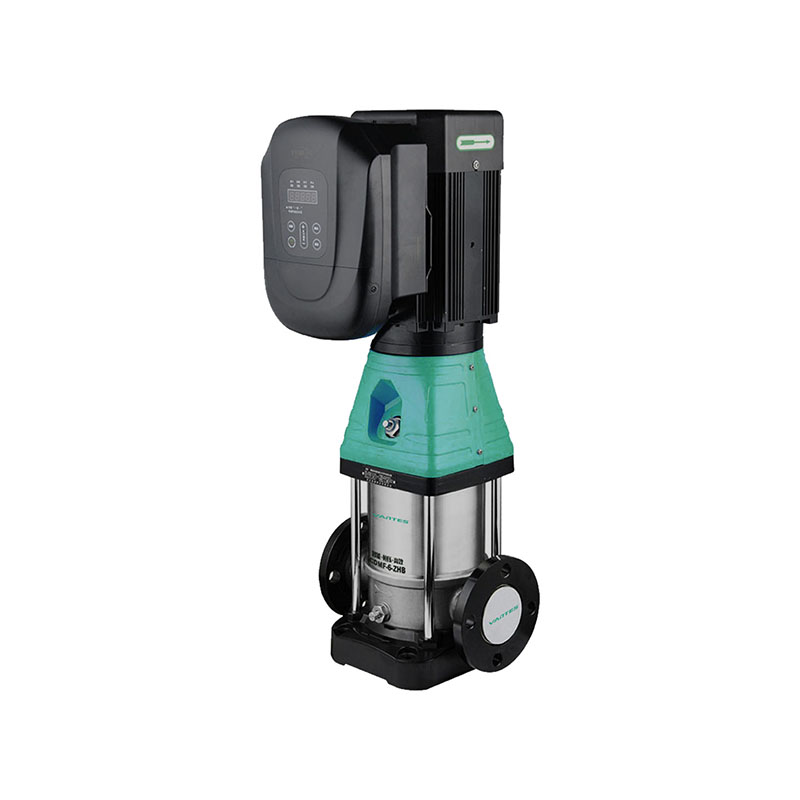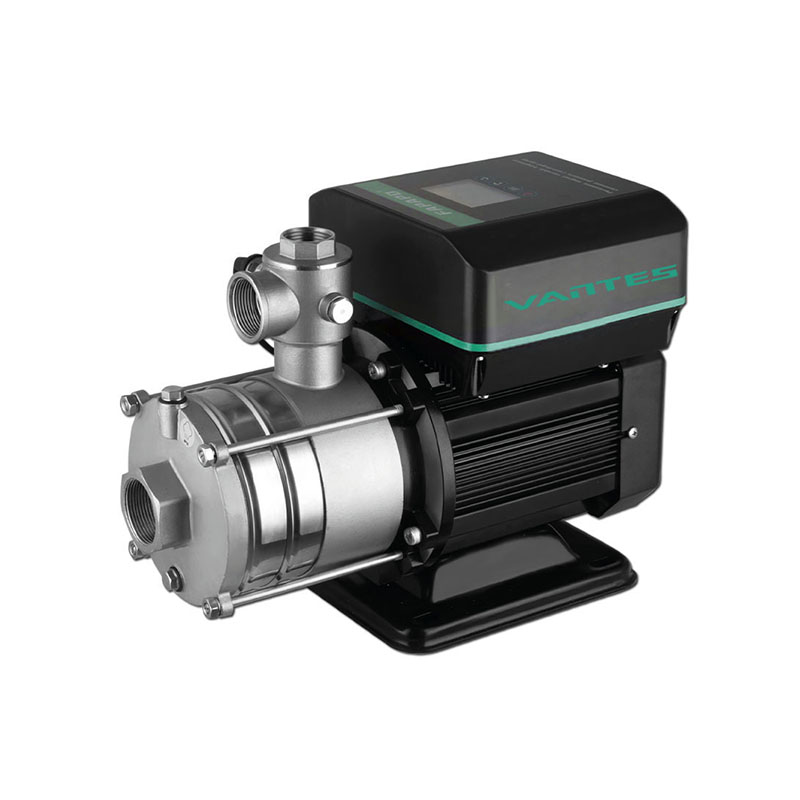Sewage lifting pumps are becoming an integral part of modern wastewater treatment infrastructure, offering innovative solutions for handling sewage in residential, commercial, and industrial settings. These pumps are designed to move wastewater from lower elevations to higher ones, making them crucial for environments where gravity-based systems cannot effectively operate. With growing urbanization, the expansion of wastewater treatment systems, and the increasing focus on sustainability, the demand for sewage lifting pumps is on the rise. This article explores the key role of sewage lifting pumps in wastewater management, technological advancements in the sector, and the challenges and opportunities faced by the industry.
The Function of Sewage Lifting Pumps
Sewage lifting pumps, also known as sewage ejector pumps, are used in situations where wastewater needs to be lifted to a higher level in order to flow toward the main sewage system or treatment plants. These pumps are essential in areas where gravity is not sufficient to move wastewater through pipes, such as in basements or properties located in low-lying areas. By providing the necessary force to move sewage against gravity, sewage lifting pumps ensure that wastewater is transported efficiently and safely to treatment facilities.
The pumps typically operate by collecting wastewater from household or industrial waste sources, such as toilets, sinks, and industrial discharge points, and then lifting it through an elevated system of pipes or drainage. The lifted sewage is then directed to the main sewer line or a local treatment plant, where it undergoes further processing before being returned to the environment or reused.
Key Advantages of Sewage Lifting Pumps
Sewage lifting pumps offer several key benefits that make them indispensable in modern wastewater systems. One of the main advantages is their ability to effectively handle low-lying installations. In urban areas with fluctuating topography or in rural areas with limited infrastructure, sewage lifting pumps provide an affordable and efficient solution for managing wastewater. By lifting sewage to an appropriate height, these pumps ensure that homes and businesses are connected to a functioning sewage system, even when gravity-based drainage systems are not feasible.
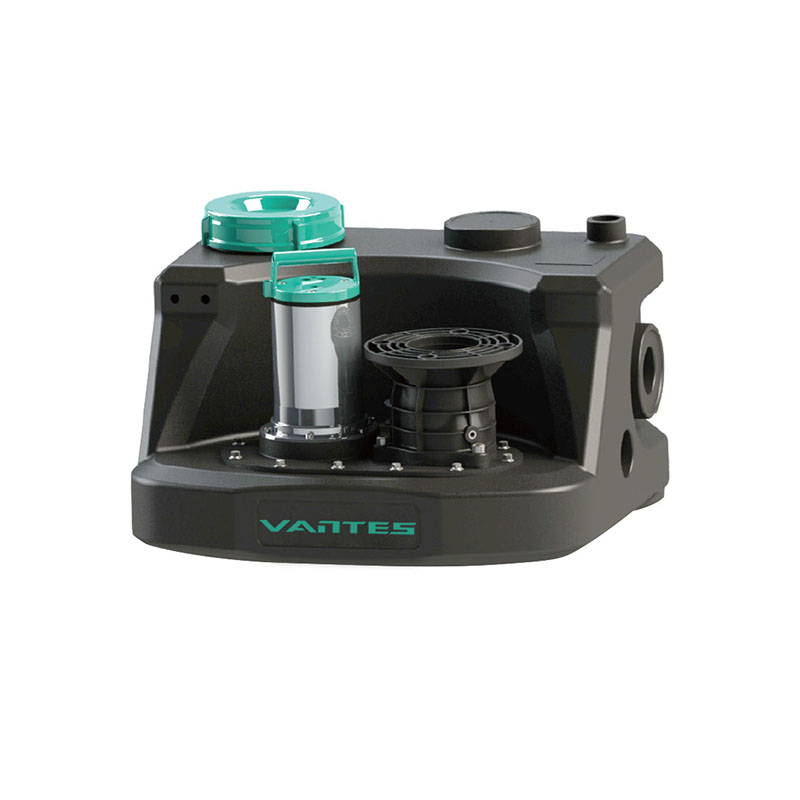
Another significant advantage is the versatility of sewage lifting pumps. They can be used in a variety of applications, including residential, commercial, and industrial settings. In homes, sewage lifting pumps are often employed in basements or homes situated below the municipal sewer line. In industrial and commercial sectors, these pumps help manage wastewater from factories, food processing plants, and other facilities that produce large volumes of sewage or wastewater. The ability to efficiently manage wastewater in different environments is driving the increasing adoption of sewage lifting pumps worldwide.
Technological Advancements in Sewage Lifting Pumps
The sewage lifting pump industry has seen considerable advancements in recent years. One of the significant changes is the improvement in pump efficiency and reliability. Modern sewage lifting pumps are now more energy-efficient than their predecessors, providing cost savings for users while minimizing the environmental impact. Manufacturers are increasingly focusing on designing pumps that offer high performance with low power consumption, which is particularly important in industries and residential sectors that need to keep operational costs down.
Additionally, sewage lifting pumps are now equipped with more advanced materials and corrosion-resistant coatings. Since sewage and wastewater can be highly corrosive, pumps made from durable materials like stainless steel and specialized alloys ensure longevity and prevent breakdowns. The use of these advanced materials extends the lifespan of sewage lifting pumps, reducing maintenance costs and improving overall system reliability.
Another notable technological advancement is the integration of smart technology into sewage lifting pumps. Many new models now come with sensors and IoT (Internet of Things) connectivity, allowing users to monitor pump performance remotely. With the help of real-time data, operators can track pump performance, detect issues early, and schedule preventive maintenance, minimizing downtime and extending the lifespan of the equipment.

